The emphasis on staycationing this summer has given people an opportunity to rediscover Ireland anew. Intellectually curious holidaymakers who might otherwise be tracing the footsteps of Cicero at the Roman Forum, or of Socrates amid the ruins of Athens, now have a chance to take a Francis Hutcheson pilgrimage instead. Francis Who? says you.
Hutcheson – only yer man who came up the classic utilitarian formula that what's right is what produces "the greatest happiness for the greatest number", and someone who is credited with influencing the phrasing of US Declaration of Independence.
Despite his global significance, Hutcheson has received scant recognition in Dublin, the place he called home for his most productive years and where he died - on his 52nd birthday in 1746.
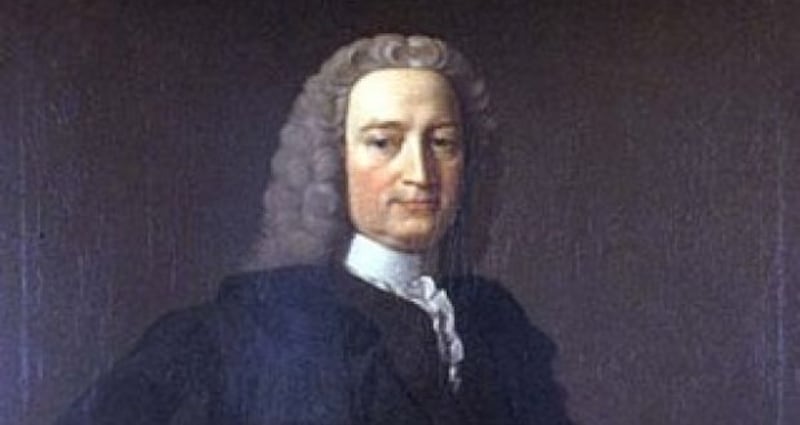
After a campaign by heritage activists including historian Fergus Whelan, a plaque was erected next to St Mary’s Church at Jervis Street where Hutcheson is buried in an unmarked grave. However, many sites of importance to Irish philosophy have no visible marker to notify visitors of their significance.
A nationalistic tradition of airbrushing from Irish history the Anglo-Irish aristocracy that disproportionately bred public intellectuals has certainly played its part. But there's also plain discrimination against philosophers. While there are exceptions, the general rule is "you either have to be literary or political to have a plaque," says Cathy Barry of the irishphilosophy.com website who, for many years, has been mapping places across Ireland that have philosophical associations.
With the assistance of her and others, Unthinkable brings you this shortlist of ten sites you can visit as part of an Irish philosophical pilgrimage this summer.
Clonmany, Co Donegal – John Toland
If Toland (1670-1722) came from any other European country there would be an interpretive centre at his birthplace, his face would be on a stamp and there would be a statue or two in his honour. Instead you'll have to make do with visiting the village closest to his long-disappeared Inishowen home while Googling him.
Reared in the Irish language, he converted from Catholicism to Protestantism in his early teens in a move then necessary to further his education. Toland was later condemned for being a “freethinker” but wore the badge with pride as he railed against superstition and clericalism, laying groundwork for the Enlightenment.
Dysart Castle near Thomastown, Co Kilkenny – George Berkeley
At least you’ve something to see here, although the philosopher’s childhood home is now a ruin. Berkeley (1685-1753) detested the “materialist” views of Toland and likeminded dissenters and set about putting Christian faith on rationalist grounds. His signature theory that an event (eg a tree falling in the woods) doesn’t happen unless someone sees it has particular resonance for holidaymakers who are constantly taking pictures as though to prove to themselves that their observations are indeed real.
Another site of note is St Paul’s Church on North King Street in Dublin where Berkeley was consecrated as bishop of Cloyne in 1734. Ken McCue, a heritage campaigner in north Dublin city who works with Sport Against Racism Ireland, has been lobbying for years for a plaque to be erected on the church, which now operates as an enterprise centre.
Since learning that Berkeley owned slaves while on missionary work in America, McCue is "in two minds" as to whether to keep pushing for the plaque but, having grown up in a Church of Ireland family in a predominately Catholic Republic he is conscious of the way sectarianism saw certain figures written out of Irish history. Noting how Protestant culture became less visible in inner city Dublin in his own lifetime, he says: "I used to call it a bloodless genocide."
Saintfield, Co Down – Francis Hutcheson
The scope for North-South cultural exchange is clearly evident in the case of Hutcheson, who is honoured with an Ulster History Circle blue plaque at the Guildhall in the village of Saintfield near Hutcheson's place of birth and in the area where he was attended school.
The Ulsterman spent time in Scotland but ultimately settled in Dublin where he helped to set up a school for non-conformist Protestants who were effectively banned from Church of Ireland institutions including Trinity College Dublin (TCD). "Any dissenting kids – or boys at that time – would have gone to that school," Barry explains. The school was located at Drumcondra Lane, which is now Dorset Street, at the intersection with what's now Lower Dominic Street.
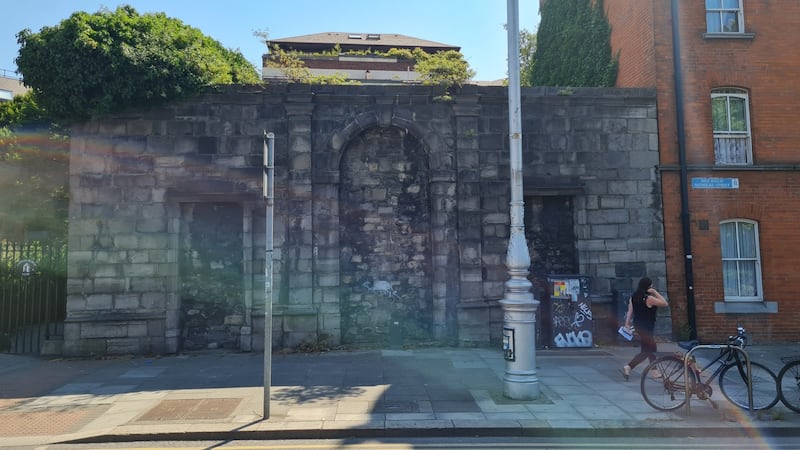
Nicholas Street, Dublin – James Ussher
Surely Fáilte Ireland could make more of Ussher (1581-1656) whose writings are fashionable among Young Earth creationists. One of the first graduates of TCD, the Church of Ireland bigwig is best known for his elaborate bid to establish the date and time of Creation. His answer? Nightfall on October 22nd, 4004 BC. Marvel at his audacity while staring at the bricked up frontage of the Church of St Nicholas Within where he was baptized.
Church Street, Dublin – George Bryan
A few years ago, McCue visited a museum of American revolutionary heroes in Philadelphia where he came across the name of a man “born one street away from me”. The location was listed as Old Bridge, Church Street, which McCue and Whelan have traced to a house close to Hammond Lane.
Bryan (1731-1791) went to Hutcheson’s school in Dublin where he was influenced by the founder’s egalitarian philosophy. Having emigrated to America aged 20, Bryan became a businessman and later a governor and a judge. He was a man of action rather than a pure philosopher but ideas mattered to him and he is credited with writing the first legislation in history to abolish the practice of slavery.
McCue's attempts to get Dublin City Council to honour Bryan have fallen on deaf ears – and he believes an anti-northside bias is part of the problem. "If Bryan was born in Merrion Square he would be standing proud in bronze with the legal scroll in his right hand and a broken chain in his left."
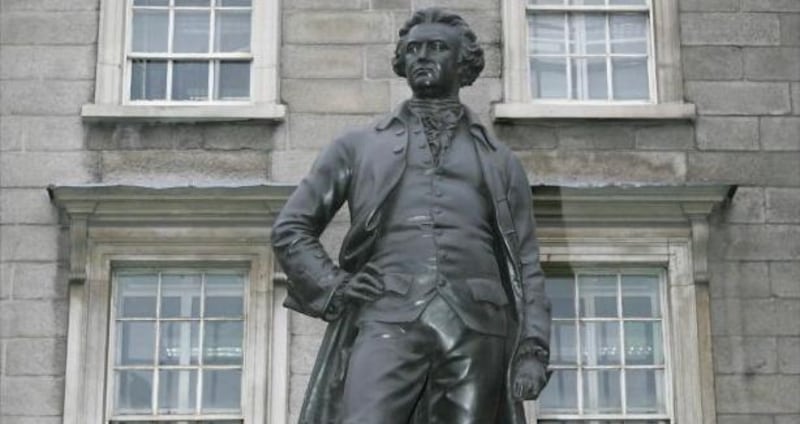
TCD front lawn – Edmund Burke
Burke (1729-1797) was always going to be a good candidate for a being immortalised in a statue given his conservative credentials but the statesman - with both Dublin and Cork roots - was more than just a fierce critic of the French Revolution. As the author of A Philosophical Enquiry into the Origin of Our Ideas of the Sublime and Beautiful, he could be seen as the philosophical figurehead of travel writing.
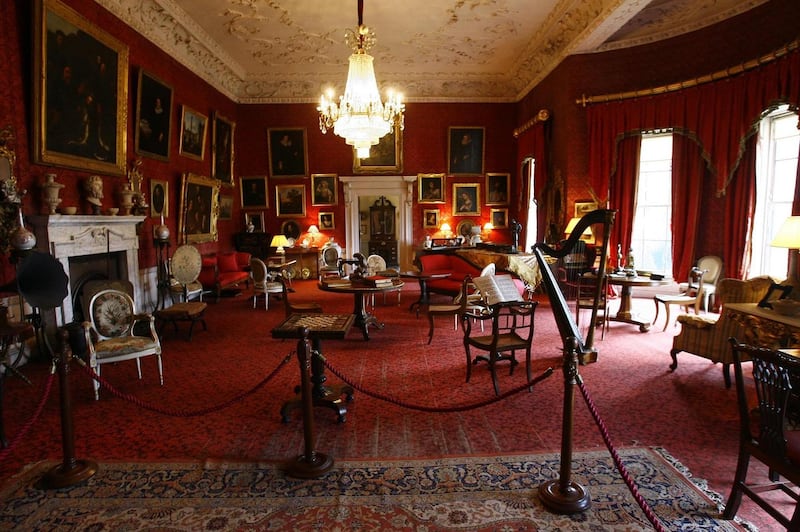
Newbridge House, Co Dublin – Frances Power Cobbe
A social reformer, anti-vivisection activist and feminist, Power Cobbe (1822-1904) was a leading moral philosopher of her day. Her ideas were widely discussed – by Charles Darwin and John Stuart Mill – amongst others. Today you can call to her ancestral home Newbridge House, which operates as a visitors' attraction with an accompanying farm near Donabate.
Killary Harbour – Ludwig Wittgenstein
Securing a cottage in Connemara this summer could cost you a small fortune. Lucky for Ludwig he stayed here for several months in the less frenetic 1940s.
Just how much Wittgenstein (1889-1951) was influenced by his time in Ireland is open to debate but literary scholar Alan Titley has intriguingly observed that aphorisms “of which [Wittgenstein] composed hundreds, if not thousands, are for all the world like folk sayings or seanfhocail which generations of Irish teachers tried to instil into their pupils”. A plaque at Rosroe Quay celebrates Killary’s link to the celebrated philosopher who once proclaimed: “The limits of your language are the limits of your world.”
There's another plaque in the Botanic Gardens on the steps of the Palm House where the Austrian used to sit and write while living in Dublin.
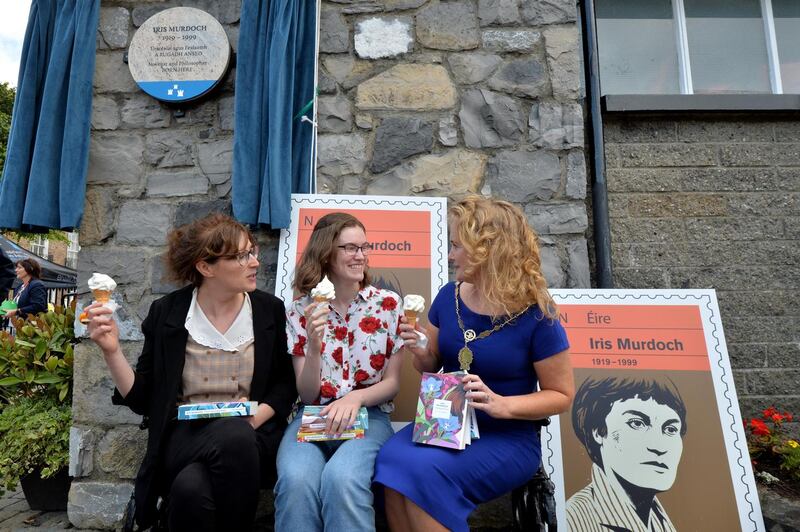
59 Blessington Street, Dublin – Iris Murdoch
After many years of oversight in the city where she was born, a plaque to Murdoch (1919-1999) was finally unveiled in July 2019 at Blessington Street Park, a stone's throw from her former home. The novelist-philosopher promoted the idea of "unselfing", or turning your attention outward, from your "fat relentless ego" to the world. It's something you can try without even leaving your home.
Mangerton Mountain, Co Kerry – John Moriarty
A man who did a fair bit of travel in his lifetime returned to the Kingdom to write about ecology, mythology and the meaning of life. Moriarty (1938-2007) made a home at the foot of the mountain near Gleann na gCappel, the Horses' Glen – a perfect location to reflect on humankind's search for what he called "the divine ground".
An online event for teachers interested in bringing philosophy to the classroom takes place on August 17th with authors and educationalists Stephen Law, Lucy Elvis and Rob Grant, among others. For more details see: philosophyshortcourse.com/gadflyie
Unthinkable returns in September












